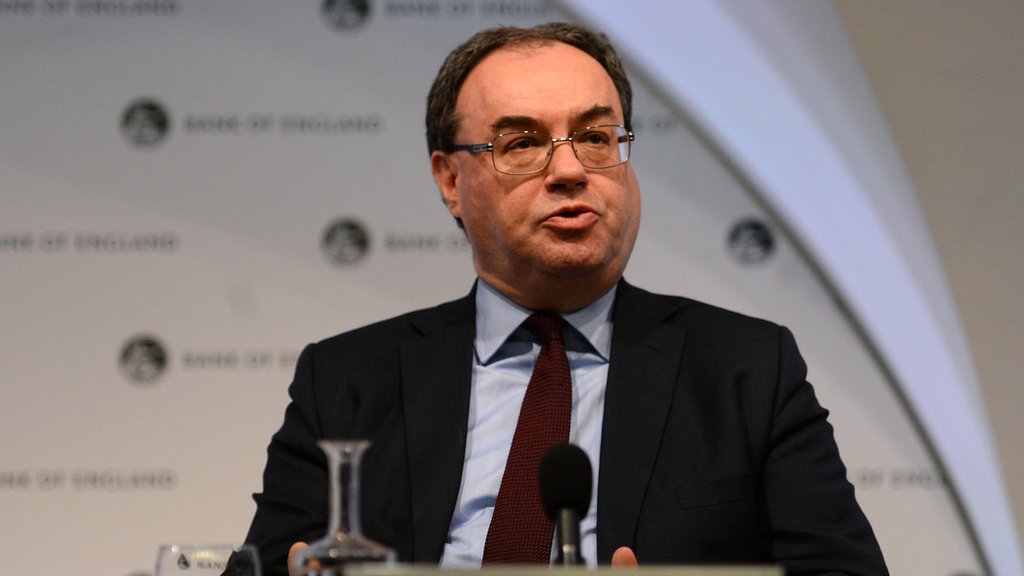Impacts of sharp rate hikes from central banks
There has been much made of the fact that sharp rate hikes from just about all G10 central banks have not led to the depth of economic slowdown that was feared.

So far, around a half of mortgage holders (4.5m) have seen the rates on their mortgage increase since the Bank of England started to hike base rates. Photo: BoE Governor Andrew Bailey
>> Wary of the risk of policy mistakes
We’ve talked about some of the reasons for this in the past, citing issues such as the tightness of labour markets or the persistence of inflated central bank balance sheets from quantitative easing. But this list is by no means exhausted. The changing structure of the mortgage market is a factor as well.
In some senses, it seems that central banks are pushing on a piece of string with their rate hikes. The increases are not slowing growth as much as many central banks seem to expect – and probably want – and, while inflation is coming down, progress is slow, particularly in terms of services inflation. Labour market tightness is a factor here as jobs are generally still plentiful and that’s helping to support consumer sentiment.
Inflated central bank balance sheets are also a key consideration; something that is a result of the banks’ attempts to lower longer-term yields under the quantitative easing that stretches all the way back to the financial crisis. But while QE was a help in lowering long-term yields, its legacy now is that it is preventing the rise in yields that central banks want to see because it is high long-term yields that really eat into credit demand, not short-term policy rates.
This being said, there has been a sufficient rise in longer-term yields to push mortgage rates up quite significantly. If we look at the UK and the US, we see that typical mortgage rates are up around 7% in the US and 7.5% in the UK, which is as much as 250-bps over the policy rate (in the case of the UK).
On the surface, it might seem that such high mortgage rates must surely be weighing heavily on disposable income and hence likely to slow demand sufficiently to leave central banks in with a shout of achieving their 2% inflation targets. But the reality is somewhat different and one reason for that is that relatively few householders are paying this sort of rate on their mortgage.
If we look at the UK, for instance, some 87%, or so, of mortgages are based on fixed rates, with these fixes often being in the range of 2-5 years. A decade, or so ago, the proportion of fixed rate mortgages was only around the 30% mark. Of course, as these fixed-rate deals expire householders will either go onto the – much higher – variable rate, or move to a new fixed rate, which will also be much higher than the previous fix.
So far, around a half of mortgage holders (4.5m) have seen the rates on their mortgage increase since the Bank of England started to hike base rates. Another 4m have yet to feel the effect, but most will do so between now and 2026. One way to compute the “real” cost of the rise in mortgage rates is to consider that the “effective” mortgage rate, which is the average rate on existing mortgages is just 2.8% which is not significantly above the 2% level that was in place when the BoE first started to hike rates.
>> Will the FED leave rates unchanged?
Another point is that, while the mortgage squeeze will intensify, the proportion of post-tax income that’s being used to buy a home is just over 6%. That is quite a bit below the 10%-plus that we saw back in 2008 and, even as remaining UK mortgages re-set to a higher rate in coming years, this proportion will only rise to around 8%. If we switch to the US we see similar sorts of dynamics with the “effective” mortgage rate only 3.55% at the end of March compared to 3.3% before the Fed started to hike.
“It will be higher now, but not by much and judging by the way a lot of US housing data is recovering it certainly does not seem that the rise in mortgage rates is denting housing-related activity as much as might be needed. But does all this mean that central banks will have to push on much further with rate hikes, far beyond the levels already assumed by the market? It is possible but we suspect that central banks will be patient in waiting for this mortgage squeeze to work its way through. It could end up being the wrong decision but it is one that we feel the banks are likely to make at this sort of stage”, said Mr. Steve Barrow, Head of Standard Bank G10 Strategy.








